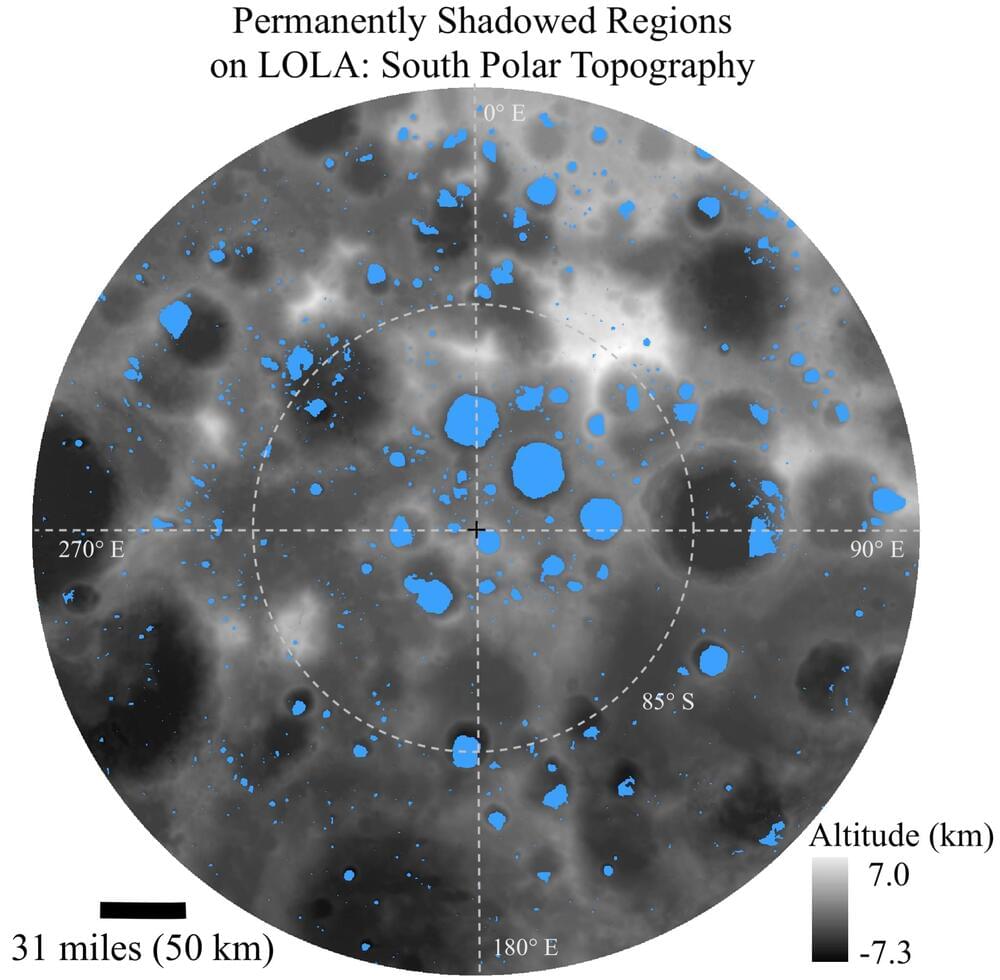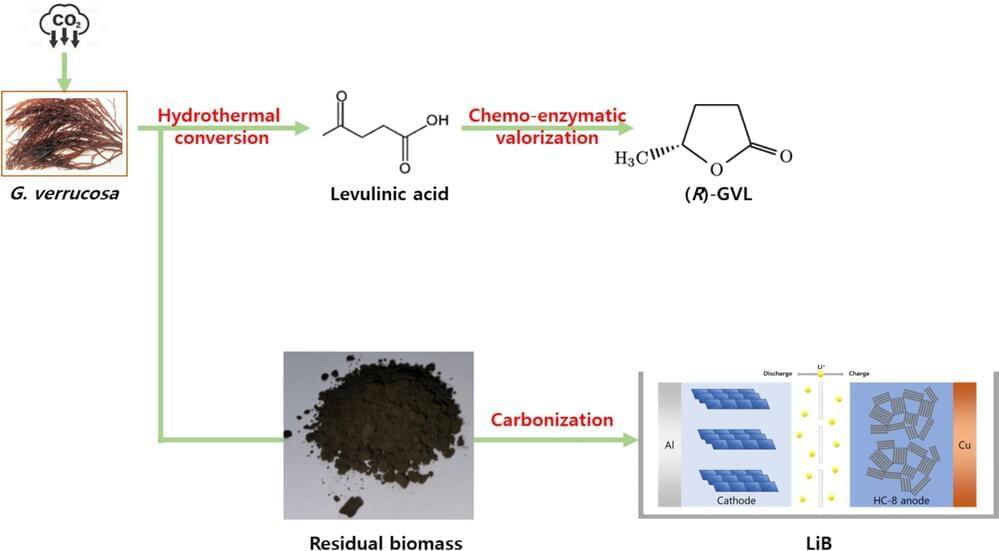A novel type of superconductor that can operate at elevated temperatures has been found by scientists after nearly three decades of research.



“Hyundai Motor Co., Korea’s largest car seller under Hyundai Motor Group, last month agreed on a strategic partnership with US auto giant General Motors Co. to jointly produce clean hydrogen in the US and develop future mobility solutions such as hydrogen fuel-cell cars and EVs.”
The leaders of Toyota Motor Corp. and Hyundai Motor Group will meet in South Korea later this month, raising expectations of a deepening partnership between the world’s No. 1 and No. 3 auto groups in future mobility technology.
Hyundai Motor announced on Tuesday that Akio Toyoda, chairman of Toyota Motor, will visit South Korea to attend the Hyundai N x TOYOTA GAZOO Racing Festival, which will be held at Everland Speedway on the grounds of the theme park in Yongin on Oct. 27.
Famous racers of Hyundai Motor and Toyota’s auto racing teams will take part in the event, while each company’s chief will visit the other’s booth to share their visions of the mobility industry, according to the company.

NamX revolutionizes sustainable transportation with its innovative Hydrogen Utility Vehicle (HUV) and pioneering CapXtores hydrogen distribution system. Discover how NamX’s cutting-edge technology and strategic partnerships are shaping the future of hydrogen-powered mobility, promising a greener and more sustainable world.

German automotive parts giant MAHLE has secured its first order from combustion engine manufacturer DEUTZ to develop and supply components for hydrogen engines. This milestone collaboration, described by MAHLE CEO Arnd Franz as a significant advancement in the automotive industry, signals a growing shift towards sustainable energy alternatives beyond electric vehicles.

Hydrogen fuel, which produces no heat-trapping air pollution at the point of use, could be the future of clean energy. But first, some of the technology around still has to be improved, and researchers at the University of Alberta believe they have made an important step in that direction, AL Circle reported.
The breakthrough out of the University of Alberta is a new alloy material — dubbed AlCrTiVNi5 — that consists of metals such as aluminum and nickel. The alloy has great potential for coating surfaces that have to endure extremely high temperatures, such as gas turbines, power stations, airplane engines, and hydrogen combustion engines.
Hydrogen combustion engines are different from fuel cells, which also run on hydrogen. They are being used to develop cars that run on clean energy. While fuel cells rely on a chemical process to convert hydrogen into electricity, hydrogen combustion engines burn hydrogen fuel, creating energy via combustion, just like a traditional gas-powered car (but without all the pollution).
Industrial electrochemical processes that use electrodes to produce fuels and chemical products are hampered by the formation of bubbles that block parts of the electrode surface, reducing the area available for the active reaction. Such blockage reduces the performance of the electrodes by anywhere from 10 to 25 percent.
But new research reveals a decades-long misunderstanding about the extent of that interference. The findings show exactly how the blocking effect works and could lead to new ways of designing electrode surfaces to minimize inefficiencies in these widely used electrochemical processes.
It has long been assumed that the entire area of the electrode shadowed by each bubble would be effectively inactivated. But it turns out that a much smaller area — roughly the area where the bubble actually contacts the surface — is blocked from its electrochemical activity. The new insights could lead directly to new ways of patterning the surfaces to minimize the contact area and improve overall efficiency.

CleanCo is reinforcing its commitment to Queensland’s clean energy future by exploring the potential to trial Australia’s largest grid-connected NAS® Battery Energy Storage System at the Swanbank Clean Energy Hub in Ipswich.
The partnership between Allset and CleanCo is a result of CleanCo’s proactive market engagement to identify emerging energy generation and storage technologies suitable for its Swanbank site. The parties will progress a feasibility study to finalise the engineering, procurement, and construction (EPC) agreement to support a final investment decision for the battery’s installation.
The Queensland University of Technology’s (QUT) Energy Storage Research Group will play a key role as the knowledge sharing partner, bringing a wealth of knowledge to the project, having commissioned Australia’s first NAS Battery in 2023.
The study is expected to be completed in early 2025 to support an investment decision in the same year, with the project potentially operational by mid-2026.

Scientists have discovered far more water ice deposits near the Moon’s south pole than previously hypothesized, which could help astronauts on future crewed missions to the lunar surface.
How much water ice could be present within the permanently shadowed regions (PSRs) near the Moon’s south pole? This is what a recent study published in The Planetary Science Journal hopes to address as a team of researchers investigated how water ice deposits could exist hundreds of miles beyond the PSRs located near the south pole, as opposed to close proximity to the south pole as previous studies have hypothesized. This study holds the potential to enable future crewed missions to locate water ice deposits, which could assist in water usage, oxygen generation from electrolysis, fuel, and energy.
For the study, the researchers used NASA’s Lunar Reconnaissance Orbiter (LRO) to obtain data on hydrogen concentration within several PSR craters near the lunar south pole, along with potential sources of the hydrogen concentrations. The reason PSRs are targets for water ice is due to their extreme depths where sunlight doesn’t reach, resulting in temperatures well below-freezing and the accumulation of water ice over millions, if not billions, of years. The team found that hydrogen concentrations existed in craters several hundred miles from the direct south pole and with temperatures below 75 Kelvin (−198.15 degrees Celsius/-324.67 degrees Fahrenheit). Additionally, the team also concluded that the likely sources of the hydrogen concentrations were from a variety of sources, including solar radiation, comets, and meteorites.
